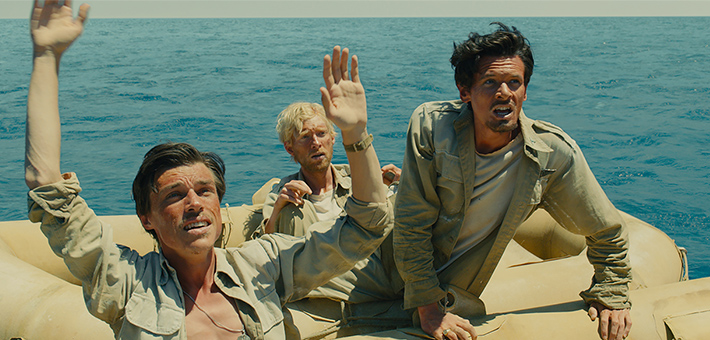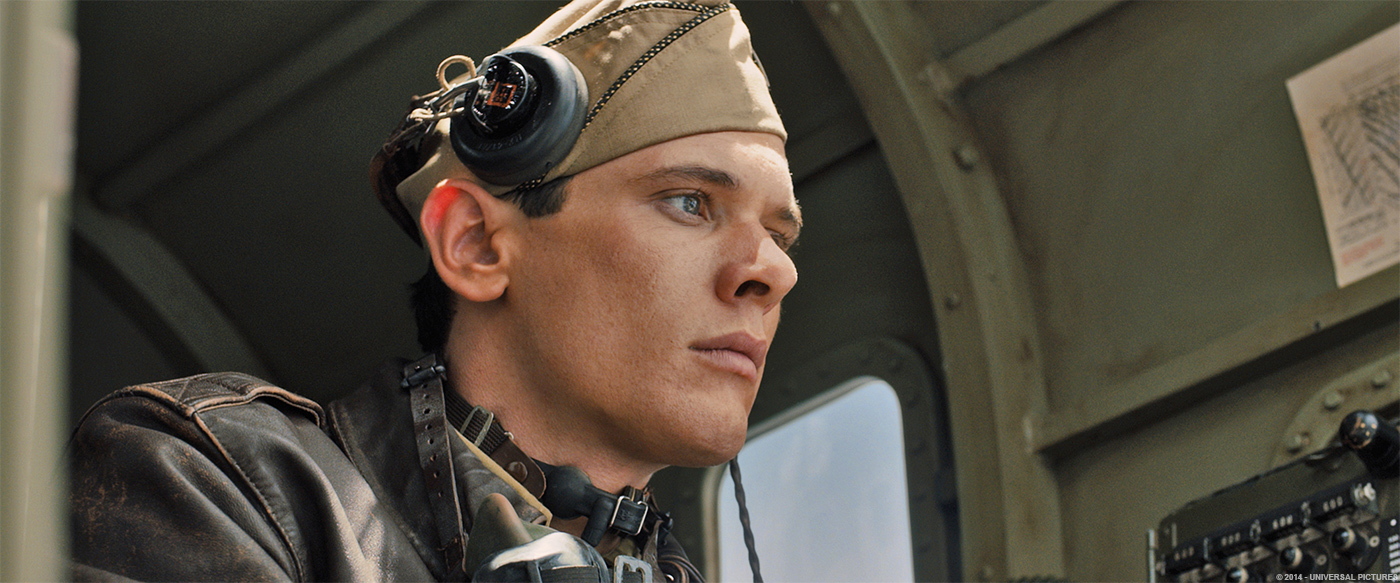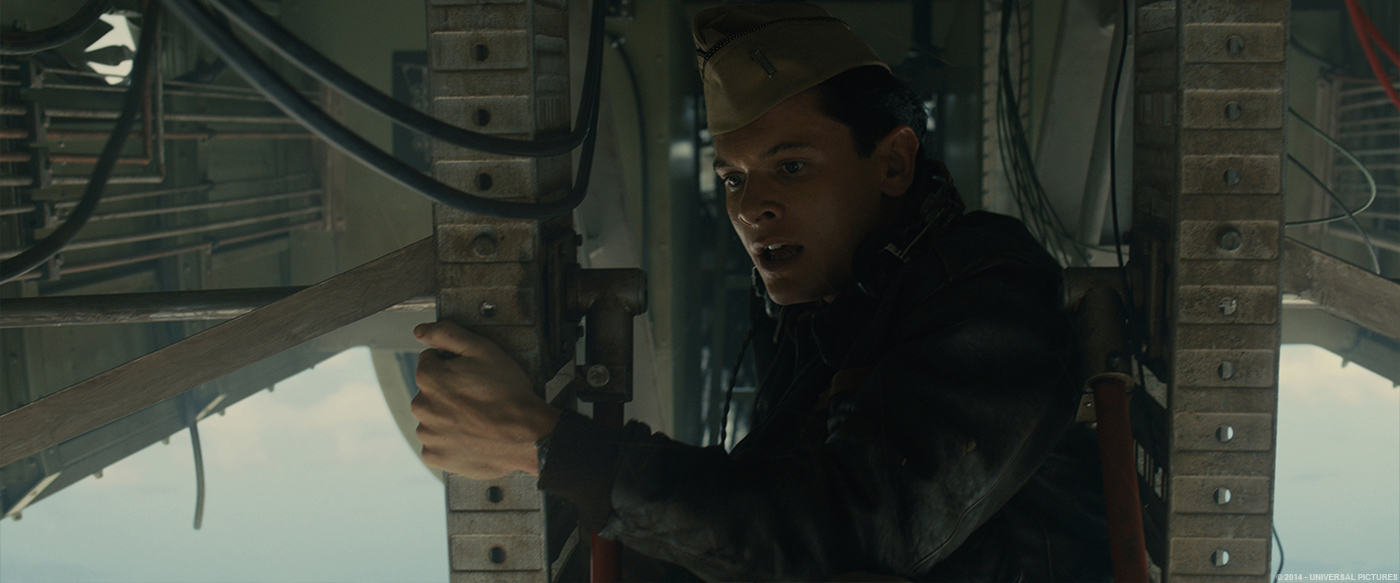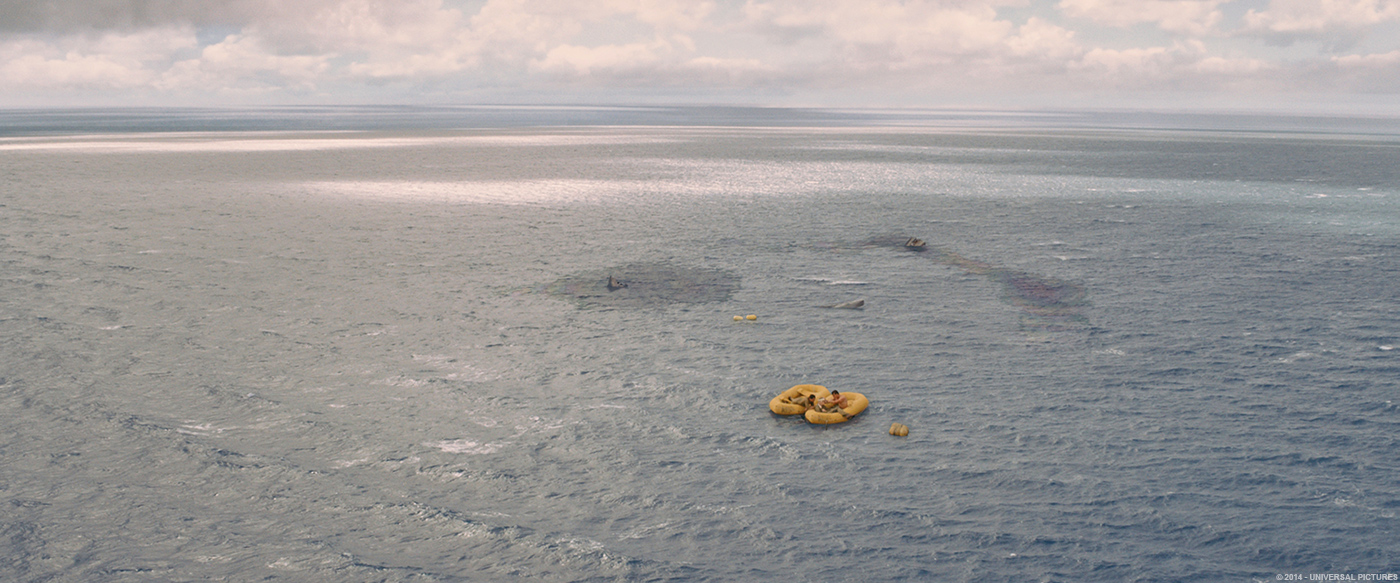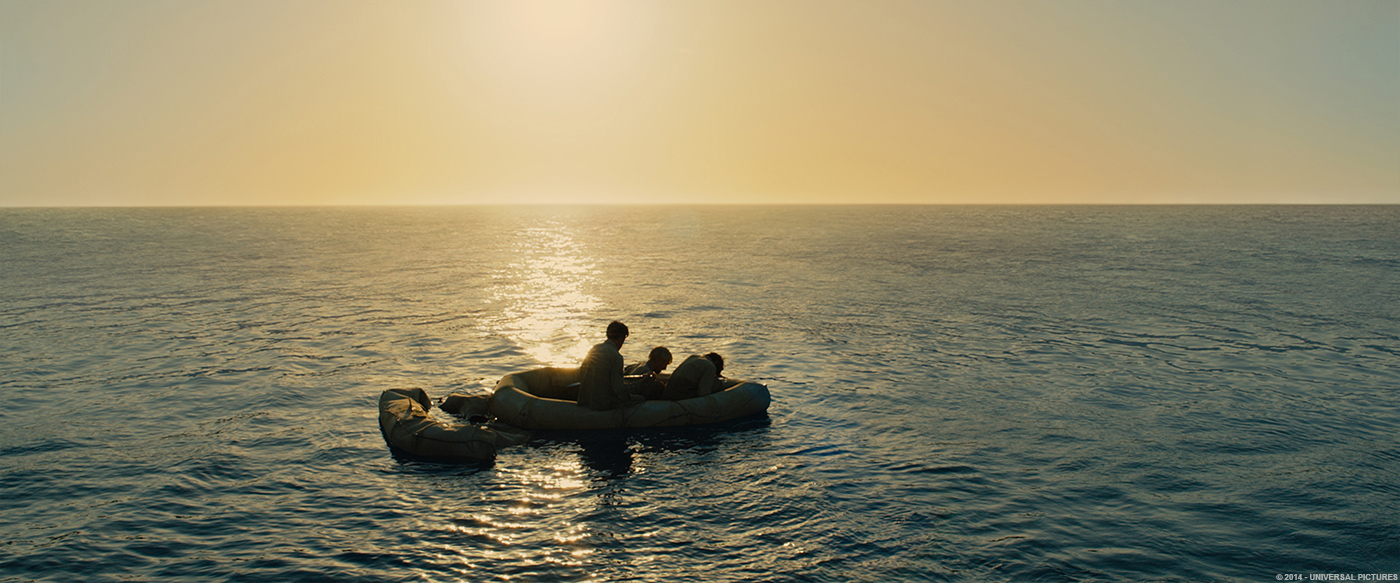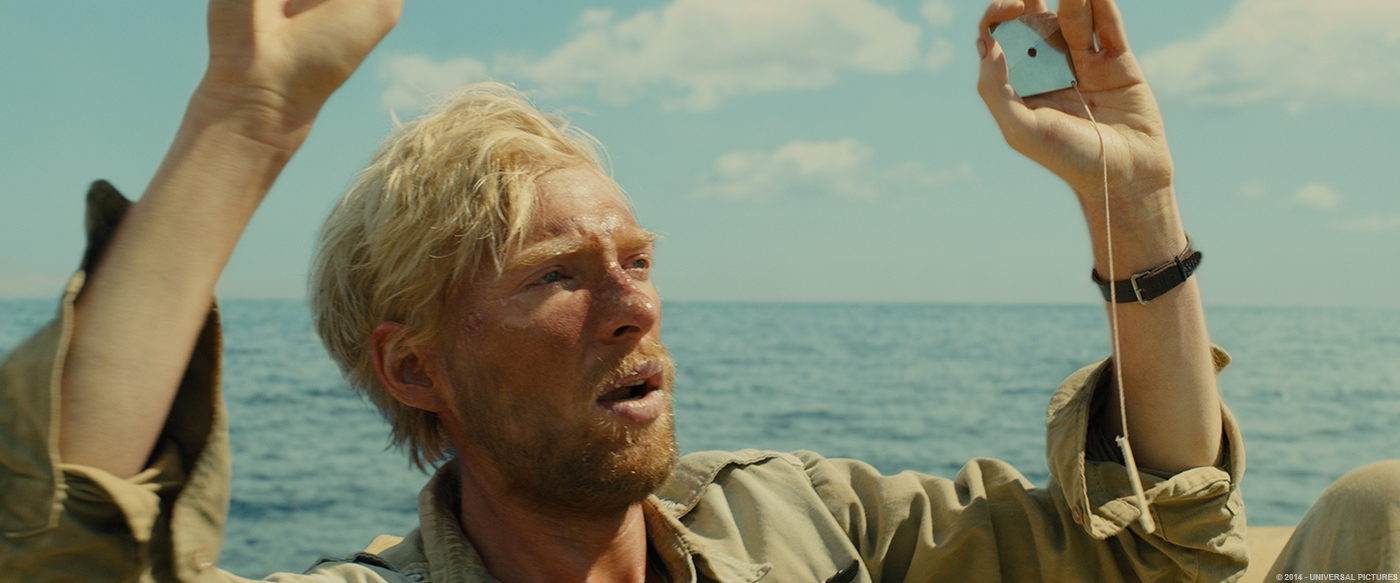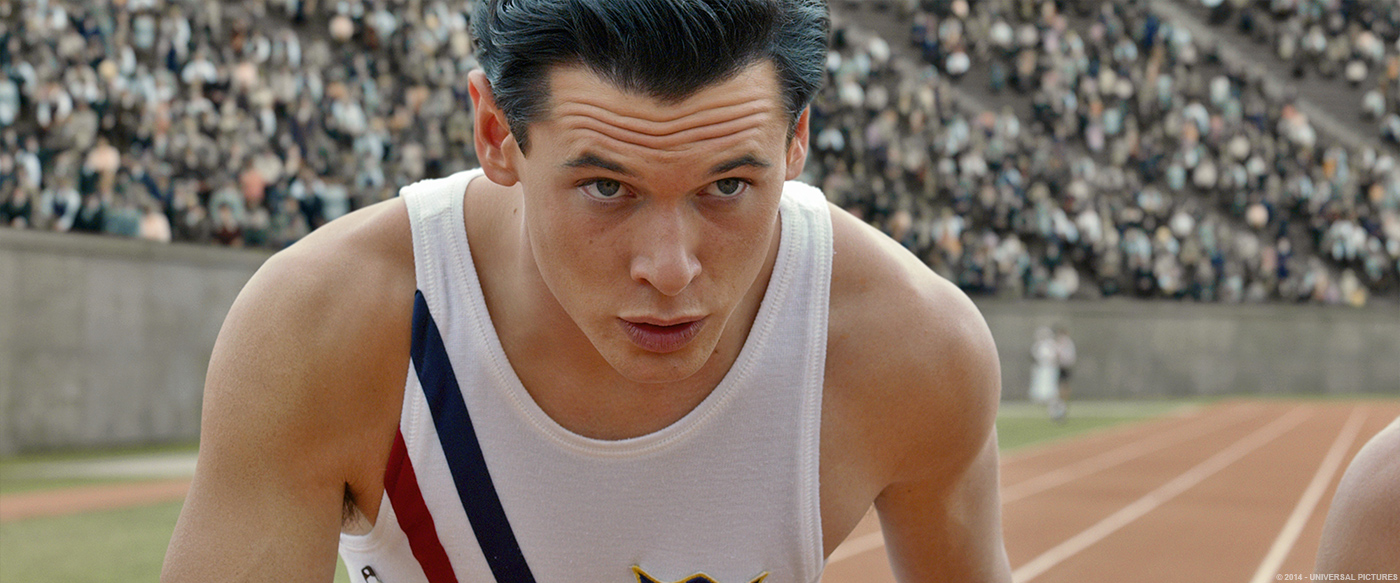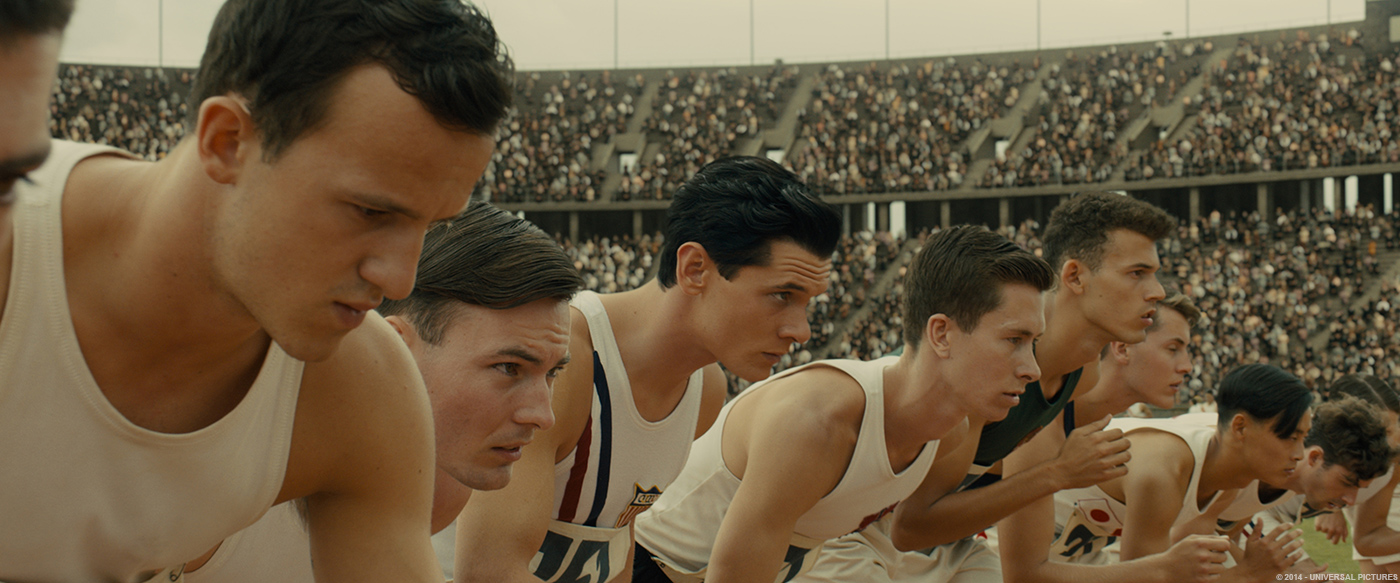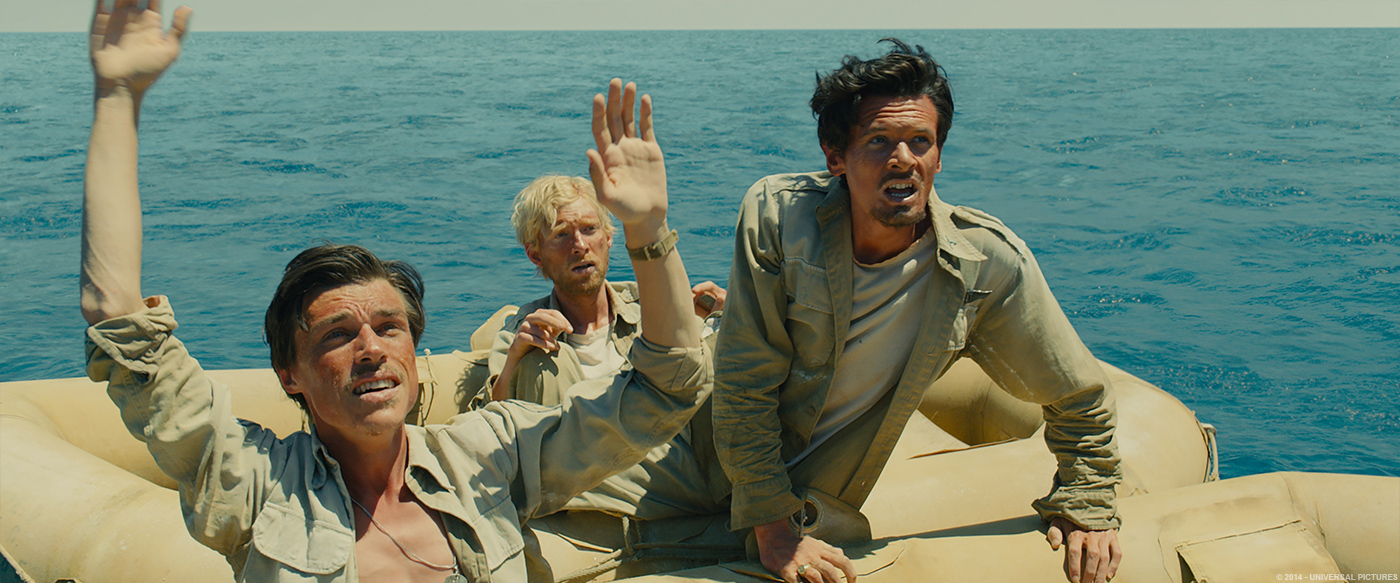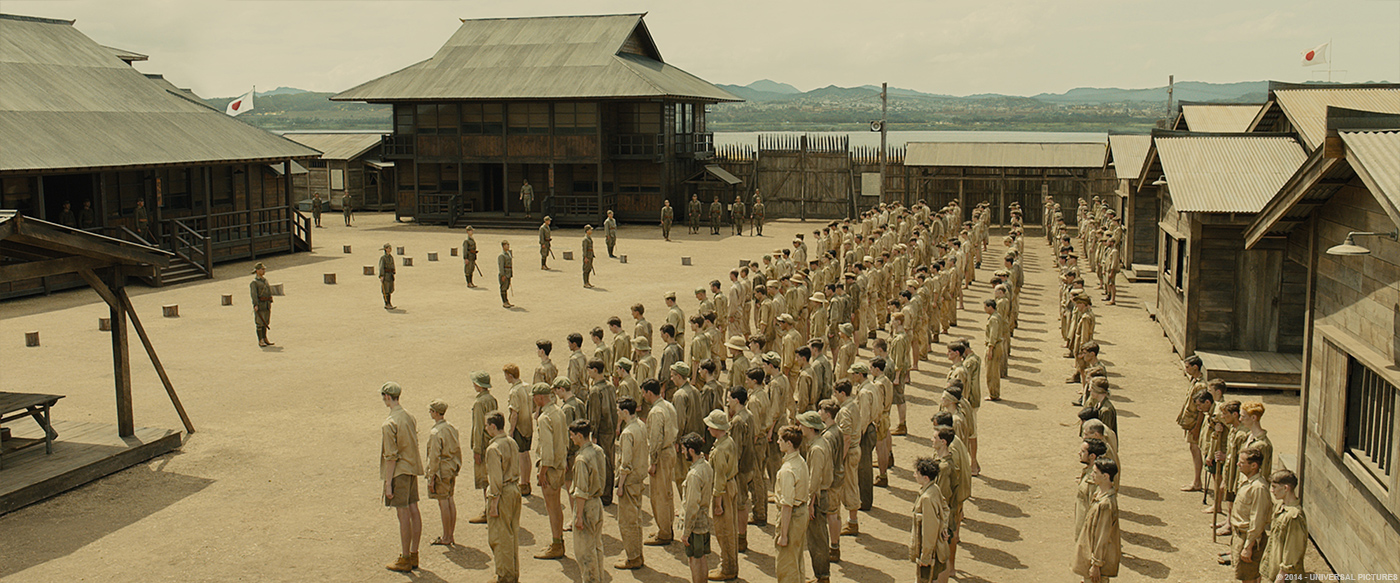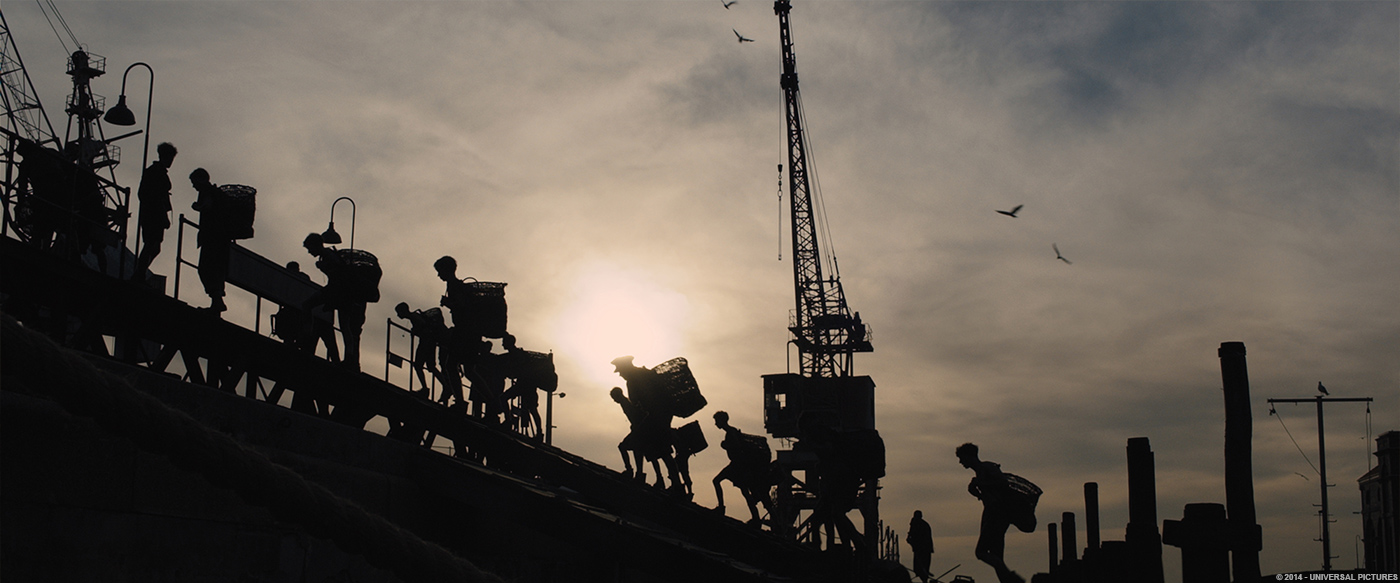In 2013, Bill George had explained to us the work of ILM on G.I. JOE: RETALIATION. He talks to us today about its collaboration with Angelina Jolie for UNBROKEN.
How did you get involved on this show?
I was asked by the executive team here at ILM to oversee the show as they thought I would be a good match for both the filmmakers and the type of work involved. I was lucky in that I had recently done a project for Universal (IDENTITY THIEF) that went well so they were up for working with me again. The show was a bit unusual for me in that I was the overall effects supervisor and not just overseeing the ILM’s body of work. I was on set throughout principal photography in Australia and for our lengthy post process in L.A.
Can you tell us more about your collaboration with director Angelina Jolie?
Working with Angie was GREAT. Her commitment to the project was inspiring and she pushed ALL of us to excel. It was a very physical shoot and she was there with the crew every step of the way. From the very beginning she had very specific ideas as to how the effects should “feel”. As an actress her direction was more about the feeling of a shot as opposed to how it looked. One example of this was in sequences that take place in the B-24s. She wanted it to feel as if it was a struggle to keep the planes in the air. She really didn’t like the reference shots from other films I showed her because they looked too much in control and too safe. Every design conversation we had was about how the effects should support the emotional content of what was going on.
This is her first big VFX movie. How did you help her with it?
Early on she said to me “I’m looking forward to this. I’ve always been on the other side.” She has been in a ton of effects films and is familiar with what happens on set (bluescreen, motion capture, wire work) but was new to the multi stage post-process of reviewing and refining the shots. She has an amazing eye for detail and kept us on our toes. There were certain things she had a laser focus on, like the costumes that the spectators were wearing in the stands at the Berlin Olympics. It was always about getting everything correct for the period. I come from an art department background and so I find a lot of value in concept artwork and frame paint-overs. I think doing this was the most important way I assisted her in guiding the project.
The movie opens with an armada of B-24s. How did you create them?
There are only two B-24s left in the world that are still flying. All of the exterior shots of the planes seen in the opening sequences in UNBROKEN were created by Rodeo FX in Montreal using computer graphics. The background of the sunrise sky was shot on the North coast of Australia near the end of our shoot. That plate was modified slightly with the removal of clouds that were above us to make it feel like we were at a higher altitude.
What were the main challenges with the B-24s?
Angie’s vision for the sequences in the B-24s was to always “Stay with Louie”. She wanted to tell HIS story and didn’t want to be cutting from location to location in the battle. We always stay with Louie and the Superman even though we see what is going on around them through the windows and the bomb bay. Sometimes telling the story of what is happening outside of the plane was a challenge given our limited camera positions but the design made for a unique and much more intimate sequence.
How did you create the huge environment around the plane, especially the enemy island?
The plane interiors where shot on a gimbaled set that was surrounded by a giant “silked” stage. This silk “light box” allowed for light to pour in through the windows, bomb bay and the many bullet holes that appear as the sequences progress. Our D.P., Roger Deakins, wanted the look of the exteriors to be realistically overexposed. If we needed to place a background out a window we would use roto and luminance mattes. It was much more work than if we would have used bluescreen out the windows, but it gave us much more realistic lighting inside the plane. Locations found us a runway that was pretty close to the Funifuti one we were matching, but much of it needed to be replaced. We started with the plates selected by editorial and then adjusted them to fit the story. Finding a runway with palm trees and a beach at the end was not possible, so we added those pieces in.
The B-24 of Louie Zamperini is damaged and has a hard landing. Can you tell us more about this sequence?
In this sequence we broke our own rules a bit as we really needed to go outside the plane to tell the story. Our shot design was driven by the cut of the interior work from editorial along with C.G. pre-visualization of the VFX shots. We worked with production designer Jon Hutman on the materials that the runway should be made of and how the runway should be laid out. There are no secrets here, just a lot of hard work and revisions to get the shots right.
There are massive interactions in the B-24 ocean crash and in the huge storm later. How did you handle this aspect?
ILM did the shot of the Green Hornet hitting the water and subsequently breaking apart. I felt that the combination of the CG water interaction and the plane breaking simulations would be a good match for their skill set. We started with a live action plate of the open ocean that we shot hovering as low as we could safely go in a helicopter. Although we ended up replacing all of the water, having a plate was still valuable as a starting point.
Speed is always an issue with shots like this, where you want it fast enough to be exciting, but slow enough that it has a believable weight and scale. Since 3 of the men onboard survive the crash and we wanted to see water rushing into the cockpit high on the fuselage, we animated the plane to do a “skip” when it hits the water. This also allowed us to see more of the crash, as it happened in two events rather that a single quick one.
The survivors are attacked by sharks. Can you explain, in detail, about their creation and animation?
Production wanted to have animatronic sharks in the tank to interact with the guys in the raft. It’s always nice to have something real in the shot for eyelines and shot composition. We ran into some problems getting the puppet sharks where we wanted them at just the right time, which was slowing down the shoot. Also, Angie wasn’t sure how distracting the sharks would be to an audience. There are a couple of shots in the film that have these live action puppet sharks in them but the majority of the sharks in the film are all CG. For the ‘Mac attack” sequence Brian Cox and his crew built a stand in shark shape on a rig that quickly pops out of the water. This was removed and was replaced with a CG shark and CG water.
In a sequence, Louie is running at Berlin Olympics Games. How did you recreate the stadium?
This sequence was one of the most fun to work on. The 1936 Berlin Olympics were such an amazing snapshot of the world at that time. Even if we were able to afford to fly the cast and crew to Berlin to shoot in the actual stadium, we couldn’t ever fill the stands with 300,000 extras in period costumes for the opening ceremonies. This environment HAD to be a visual effect. Production found a modern stadium outside of Sydney to use as our location. They built an 8 foot wall all the way around the field and dressed the track with red sand. For the races, everything above the top of this wall was a visual effect created by Hybride. We did not have enough athletes on the field for the opening ceremonies so we shot extras in costumes against bluescreen to fill in the background.
The most complex portion of the CG stadium was the creation and performance of the crowds in the stands. Working with Hybride we shot 12 extras on stage in a variety of costumes from 10 different camera positions and two different lighting set ups. For each angle they were directed through a four minute series of actions. The actions included sitting, clapping, standing, waving flags, looking left, looking right, looking down, etc… Once these elements were in the computer and tagged with information about angle and lighting, the computer would populate the stands based on the CG shot’s camera position. The angle of the people in the crowd as they arc around the curve would also be calculated. Then, as all of the performances of the bluescreen elements were in sync from the four minute series, what you wanted the crowd to do could be controlled by selecting the appropriate in and out points in the action series.
The POWs are in terrible shape. How did you enhance that with CG?
The actors did diet to lose a lot of weight but having different body types meant that some lost more weight than others. Angie wanted to see a progression of their bodies as the days drag on while they were in the raft. We worked with Edson Williams and his team at LOLA to emaciate Louie even further at the end of that sequence. LOLA also added and augmented blood on Louie’s face when he first meets “the Bird”. Their work was subtle but made a huge difference.
The POWs are moved to a new place across the snowy mountains. How did you create this environment?
That shot was an all CG creation supervised by Dave Morley at Fuel. I thought their team did a stellar job with it. The snowy mountains were the one location we couldn’t find in Australia!
Many studios are involved on this show. How did you split the work amongst them?
Yes, a large number of VFX houses working on this “small” film. There were six main houses doing the majority of the VFX work. They were Fuel/Animal Logic, Industrial Light & Magic, Rodeo, Hybride, Ghost and Lola. We broke the work out by sequence to each facility but inevitably we did have some “shared shots” like the life raft shots where ILM was doing the water extensions and LOLA was doing the emaciation.
Can you tell us more about your collaboration with the VFX Supervisors at both places?
When it comes to awarding out the work for a project, it’s all about casting. You want to match the right work with the right facility. The studio VFX producer, Steve Gaub and ILM VFX producer Erin Dusseault, were the ones that made the decisions. When it comes to working with these many houses, it’s impossible for me to micro-manage the work. I must trust in the abilities of the supervisors leading the work there on the ground. My job is to get them the feedback and information they need to create the work. We were blessed with a super talented team.
What do you keep from this experience?
I took a lot away from my experience on this project. Being a more serious film and a period piece had a major influence on our design process. Our work had to match the sophistication of the rest of the film. This look was a different sensibility for me, having done mostly genre and fantasy projects. It was a great challenge and experience.
How long have you worked on this show?
From start to finish I was on UNBROKEN just a bit over a year.
A big thanks for your time.
// WANT TO KNOW MORE?
– Industrial Light & Magic: Official website of Industrial Light & Magic.
© Vincent Frei – The Art of VFX – 2015

